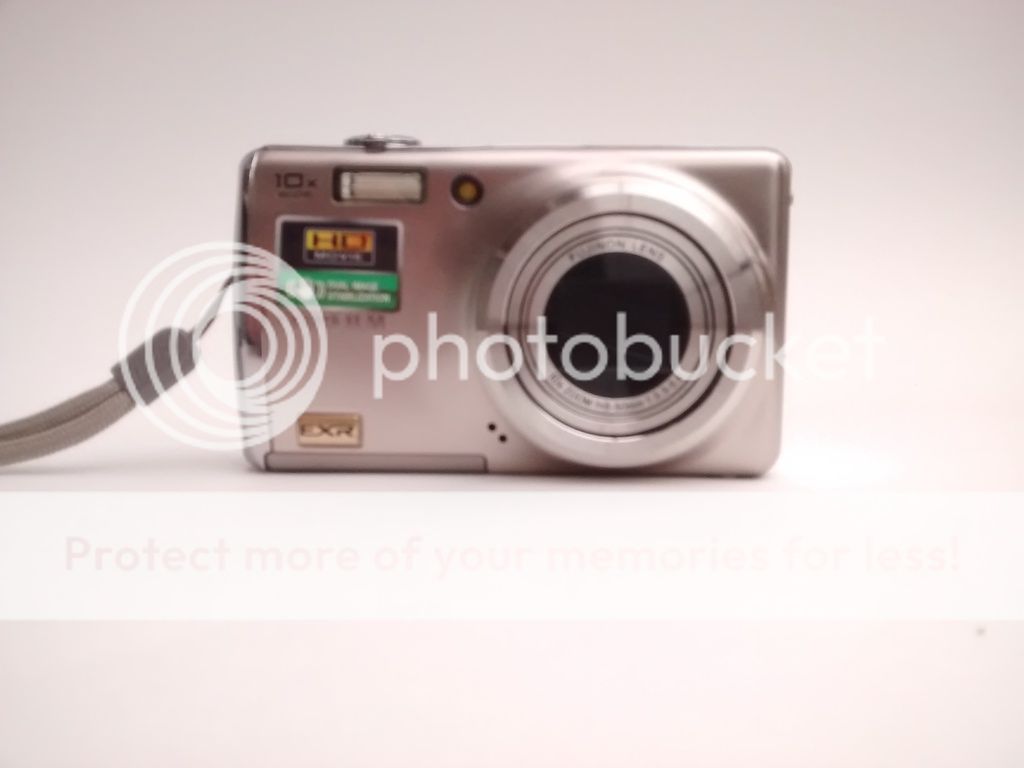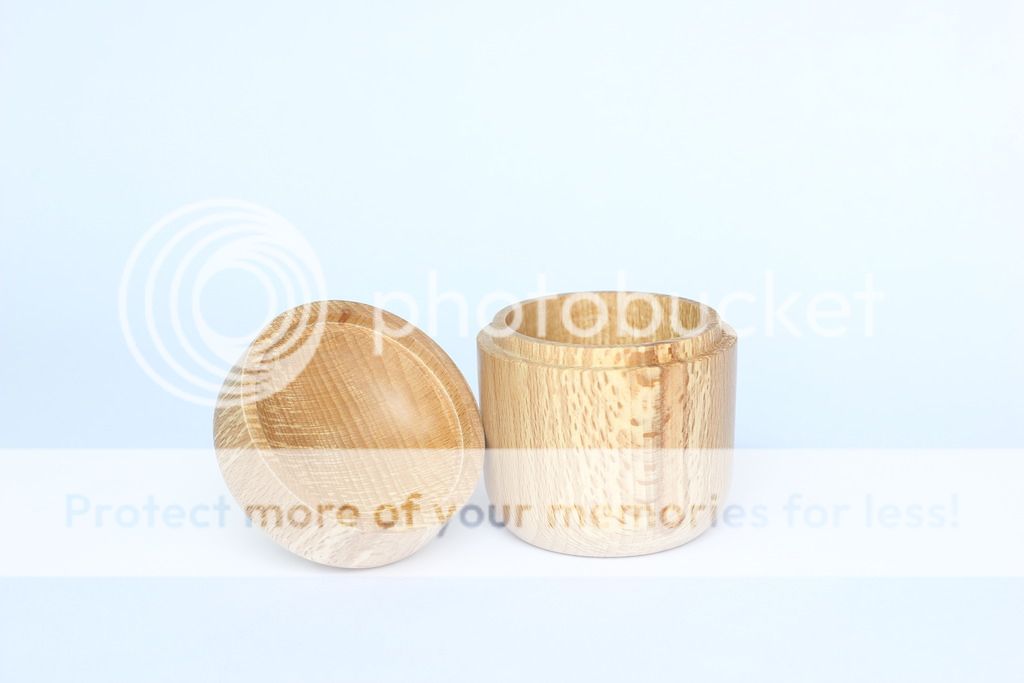A decent DSLR is a great start. If you can, shoot in RAW format. That will allow more manipulation when processing. In turned items that means you can tame highlights and boost shadow detail if you're unable to fully control light levels when shooting, plus you have much finer control over white balance to ensure you get the correct colour of your timber. Another good trick is to use the clarity/presence/structure control gently to enhance figuring detail.
A tripod, even a cheap one, is really helpful in two ways.
1/ If it's sturdy enough you can make long exposures at small f numbers (f8>f22) which will give you more depth of field on smaller objects. Try to use mirror lock up and a self timer to help reduce vibration if it's only a lightweight tripod.
2/ It allows you to walk away from a set up shot, look at it on a decent screen, then return to adjust the lighting/background/exposure etc from exactly the same viewpoint. This can be really helpful when learning.
Lighting is the absolute key to good product photography. A good starting point is soft indirect daylight, north facing window or outside on a cloudy day. You can use simple white sheets of card to help bounce light back onto the turning to help fill in shadow detail. Be aware of how any bounce cards like this reflect in the finish, well positioned they can enhance the detail of the work.
Avoid direct flash. It's harsh, contrasty and rarely will deliver the best results.
Soften the output with a soft tissue over the gun at the very least.
Continuous lights (floodlights, spot lights etc) can be excellent too. Try to ensure they are all the same type as mixing tungsten/halogen/fluorescent/LED etc will give you big problems with different colours.
Background; A simple curved white sheet of card from an artists or framing supplier is often the easiest and cheapest solution.
Don't get hung up on it having to be white. A contrasting tone can make work stand out more. When well l it and pale turning will look great against a dark background.
A lot of good photography of turning places them in 'lifestyle' setting too, don't think the background has to be plain.
Have a look through my Pinterest board
https://uk.pinterest.com/paul8863/turned-bowls/ of turned bowls and see how many good photographs of turned items are on boring white backgrounds....not many.
Output: When preparing images for the web, post in sRGB colourspace for greatest compatibility and don't be tempted to over sharpen images. Check sharpening at output size and back off until you don't see any nasty artifacts on edges(white lines usually).
















